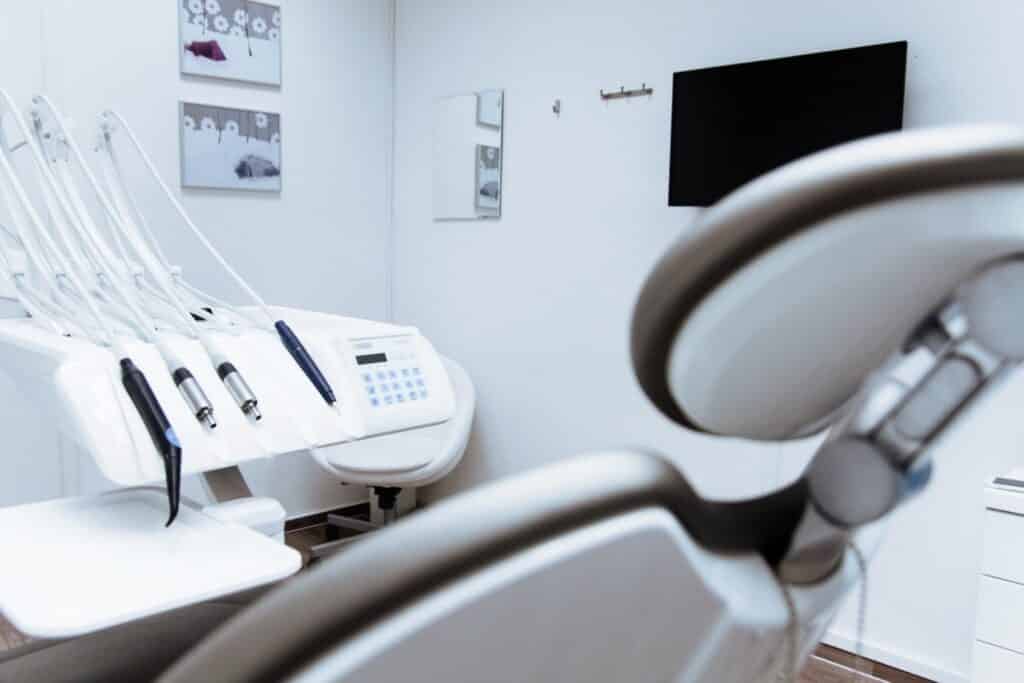Class 1 Medical Device – Overview
The Food and Drug Administration (FDA) regulates the medical device market in the United States.
More specifically, the FDA’s Center for Devices and Radiologist Health (CDRH) regulates medical devices to ensure their safety and efficacy for patients.
Every medical device is different. Hence, it is not practical to categorize every similar device within the same class.
This is essential from the point of view of regulatory control and oversight before the product is launched in the market.
The FDA uses a three-tier classification system to identify the level of regulatory control and distinguish between different medical devices.
This classification system is mainly based on the potential risk to patients from the device.
What are the different Medical Device Classes?
The US FDA classifies any new medical device under one of three classes – Class 1, Class 2, and Class 3. These medical device classes define the level of the potential risk posed by them to the patient.

Let’s check out the three classes of medical devices:
Class 1 Medical Devices
Class 1 medical devices have the lowest potential risk and are subject to general regulatory controls. Manufacturers of Class 1 devices are generally not required to submit a premarket notification (510(k)) to the FDA, but some may still need to register their device and manufacturing facility.
Most Class 1 devices are exempt from the comprehensive quality system (QS) regulation requirements found in 21 CFR Part 820, though they must still comply with basic provisions.
Class 2 Medical Devices
Class 2 medical devices have a noticeably higher risk potential than Class 1 but less than Class 3.
Class 2 medical devices are subject to general and special controls; not all regulations apply to Class 1 devices.
Apart from these, Class 2 medical devices are also subject to post-market surveillance, performance standards, and pre-market notification requirements.
This is known more commonly as a 510(k) submission. This is essential to receive FDA clearance to legally sell the device in the consumer market.
Class 3 Medical Devices
Class 3 medical devices pose the greatest potential risk to patients. These devices connect directly to a patient’s internal organs or are significantly invasive.
These are usually life-supporting and life-sustaining medical devices. Those devices that help to prevent unreasonable risk of injury or illness are classified under this category.
These devices are subject to general and special regulatory controls. Manufacturers of class 3 medical devices need to get a PMA (Pre-Market Approval) from the FDA before launching their products.
Is there any Class 1 Exemption for Medical Devices
Class 1 medical devices are subject to fewer regulatory requirements depending on their lower risk levels.
These devices are usually the easiest to launch in the consumer market.
Almost all Class 1 medical devices are exempt from submitting a PMA (pre-market approval) for FDA clearance.
Class 1 devices are subject to certain Good Manufacturing Practice (GMP) requirements but are exempt from most detailed Quality System (QS) regulation requirements.
While exempt from most detailed requirements of 21 CFR Part 820, some Class 1 devices must still adhere to general GMPs, though they are often exempt from design controls.
To determine if your device is exempt, consult the FDA’s database for Class 1 exemptions rather than looking for ‘approved’ devices, as Class 1 devices are not typically ‘approved’ by the FDA.
This way you can search for specific types of devices and determine if certain exemptions apply to your product.
It is important to remember that Class 1 medical devices must adhere to several conventional regulatory requirements, such as general controls.
What are the Class 1 Regulatory Controls for Medical Devices?
As mentioned earlier, Class 1 medical devices are subject to general controls. These FDA regulatory requirements apply to every medical device marketed in the United States unless the FDA specifically exempts it.
The sections which dictate general controls are authorized by the Federal Food, Drug, and Cosmetic (FD&C) Act, and include:
- Sections 501 – Adulteration of Devices
- Section 502 – Device Misbranding
- Section 510 – Device Registration
- Section 516 – Banned Devices
- Section 518 – Notification and other remedies
- Section 519 – Records and Reports
- Section 520 – General Provisions
You must remember that Class 1 medical devices have fewer regulatory controls than devices from other classes.
Most of these requirements will need a high degree of organization and documentation within your QMS. This is especially true if your device falls under Section 519.
Which devices come under Class 1?
Almost half of all medical devices fall under Class 1. In general, these are devices that have limited contact with patients.
Their impact on the patient’s health is not too significant. You might have used several Class 1 medical devices on a routine visit to your doctor’s clinic.
Some commonly used Class 1 medical devices include:
- Bandages
- Bedpan
- Stethoscopes
- Latex gloves
- Tongue depressor
- Irrigating dental syringes
- Surgical masks
Conclusion
Although Class 1 medical devices are subject only to general controls, manufacturers must still fulfill significant requirements.
It is crucial for device manufacturers to register their devices in the correct category and ensure a smooth, streamlined manufacturing-to-market process.
See Also